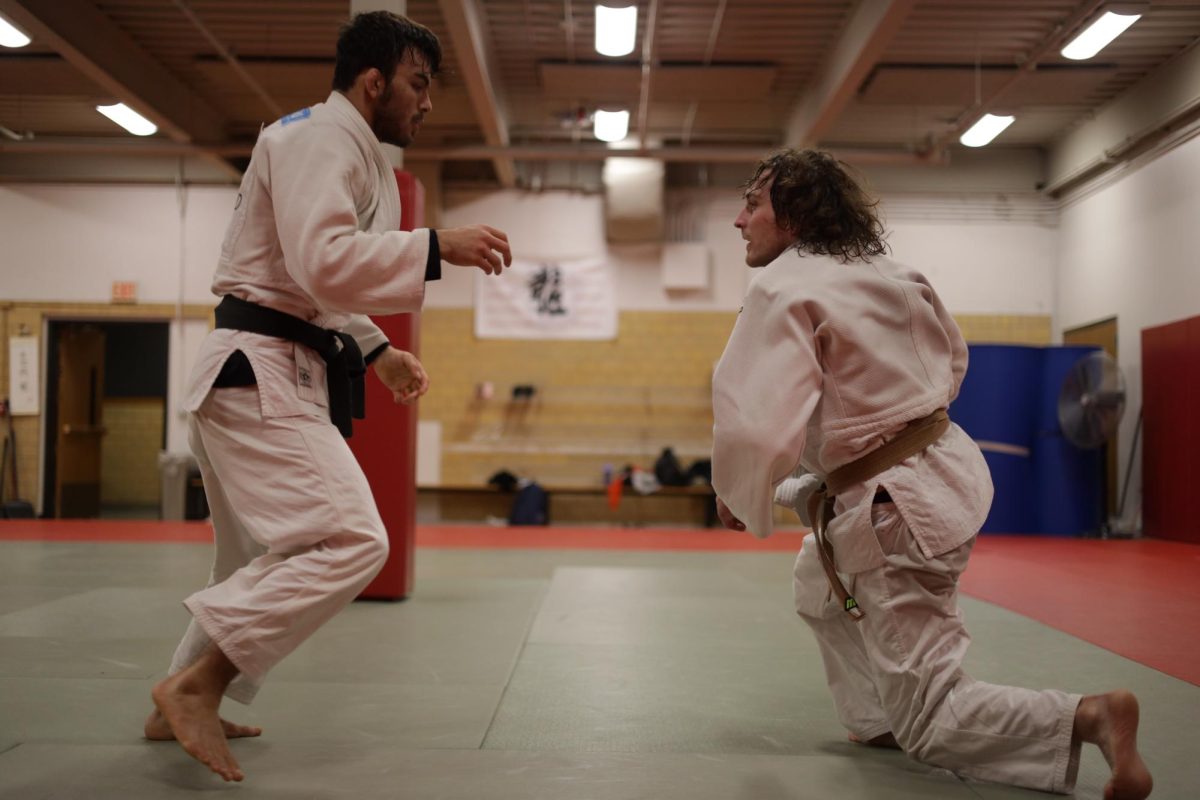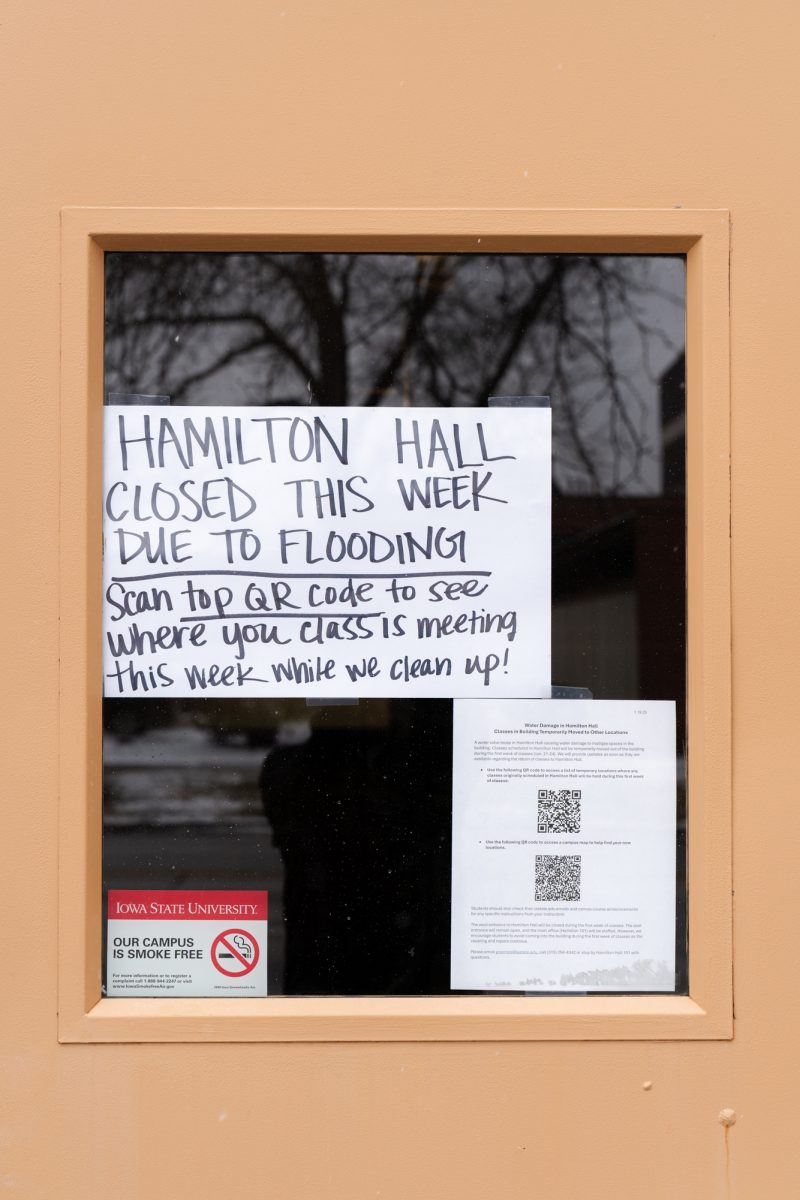Different lifestyles lead to Ames ‘rift’
May 31, 2004
“Rift” is the word used since the April 18 riot in Campustown to symbolize discontent among students and non-student Ames community members.
Members of both groups have tried to pin blame for the disturbances on the other, lending some credence to the term’s use.
And examining the student-Ames relationship as a possible cause of the violent outbreak is one of the charges of the task forces created this spring to study Veishea.
But does the “rift” actually exist?
Shawn Eagleburger, president of the ISU Interfraternity Council and an executive committee member of the Veishea task force, said he couldn’t say for sure.
“The student body has a positive relationship with the city,” Eagleburger said.
Government of the Student Body Vice President William Rock said he thinks the rift is a recent development.
“There has always been a little separation … a canyon between the two parties,” Rock said. “ISU and the rest of Ames co-existed as two little towns, and now ISU is expanding and people are feeling like Iowa State is moving into their space. It was us and them, and it’s slowly becoming us versus them.”
Drew Miller, a member of the Veishea task force, said tension is a result of anti-student administrative and city policies.
“Half your student population lives in the dorms, and doesn’t care about lower property taxes, and most of the other half rent property, and so once again don’t benefit much from anything, and it ends up that the city is getting away with fleecing students for the few years that they are here,” Miller said.
“If this didn’t hurt student-community relations to begin with, anti-student extremists like Fern Kupfer widen the rift.”
Kupfer, an associate professor of English and founder of the South Campus Area Neighborhood group, wrote a guest column for the Daily in April, giving her opinion as a Campustown resident against the way some students have treated their temporary home.
Kupfer disagreed with Miller’s characterization.
“It’s the opinion of a young person who doesn’t own a home and doesn’t understand property and zoning laws,” she said.
Pete Englin, dean of students and an executive committee member of the Veishea task force, said communication is necessary to maintain a good relationship between the Ames community and students.
Englin said no benefit comes without compromise, and students needed to think of themselves as part of the community and not separate entities.
“Our university officials, our city officials, our law enforcement officials … they actually care,” he said.
“We have a tremendously civil community as opposed to some others.”
However, many ISU actions are seen by some as failed compromises — proof that administrators, city leaders, and residents have rarely seen eye-to-eye.
“The point of a compromise is to give up something in exchange for something else,” Miller said. “Unfortunately, students have continued to accept more responsibilities and have gained nothing in exchange. The lack of a student protest towards policies imposed by the city is not a sign of obedience, but a sign of apathy, and evidence of a rift,” he said.
Although Eagleburger admits that problems do exist between the city and the student body, he said there was hope in the near future.
“We definitely don’t have the best possible relationship with the city,” Eagleburger said. “It could be much better, and I’m confident that the task force can improve relationships.”






